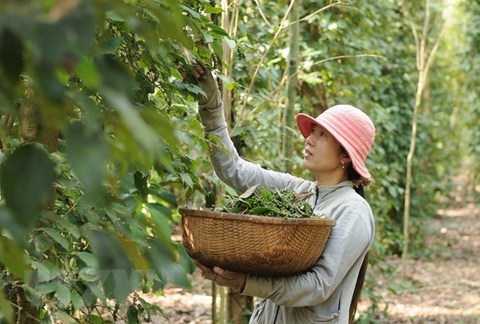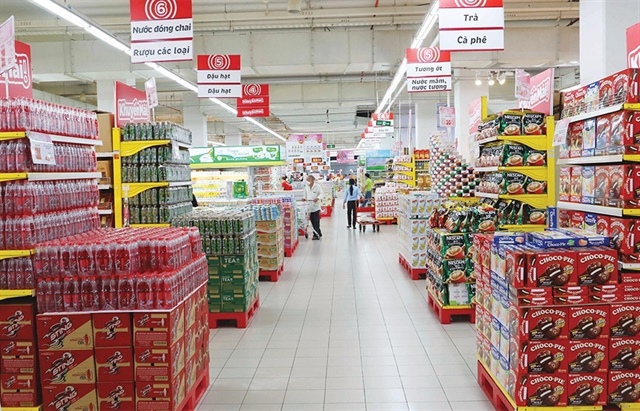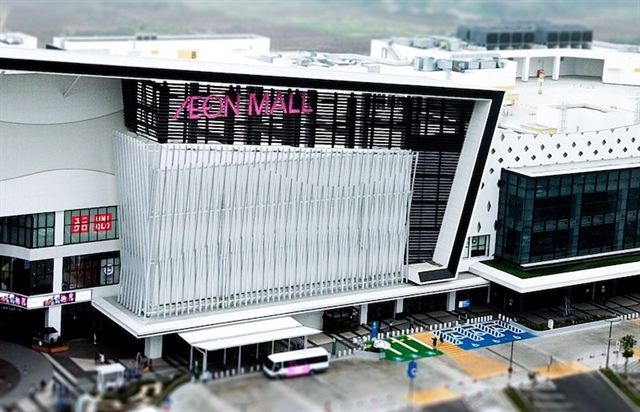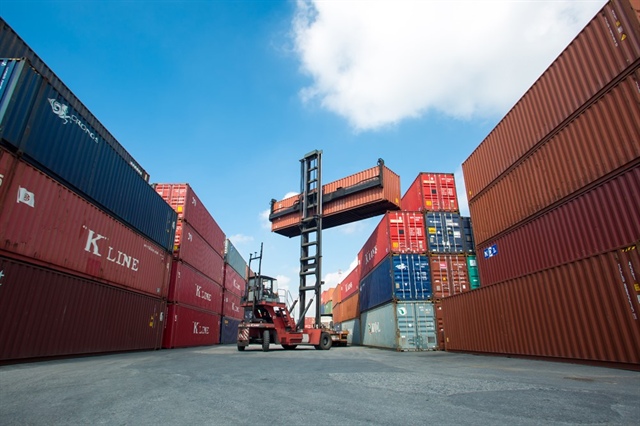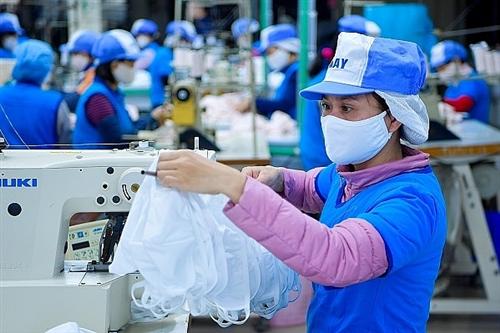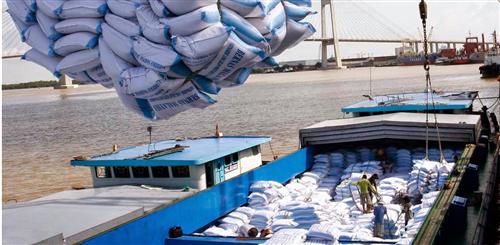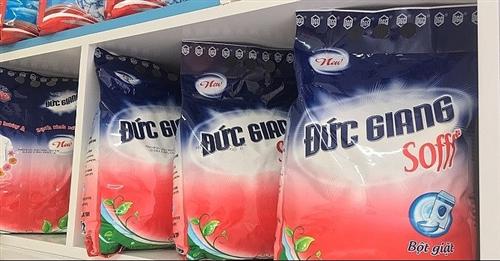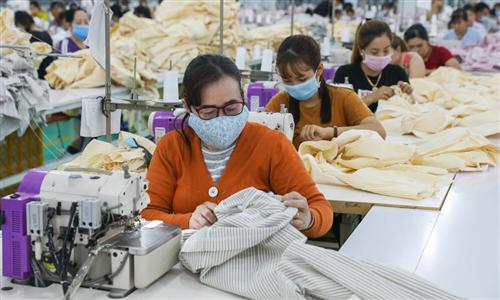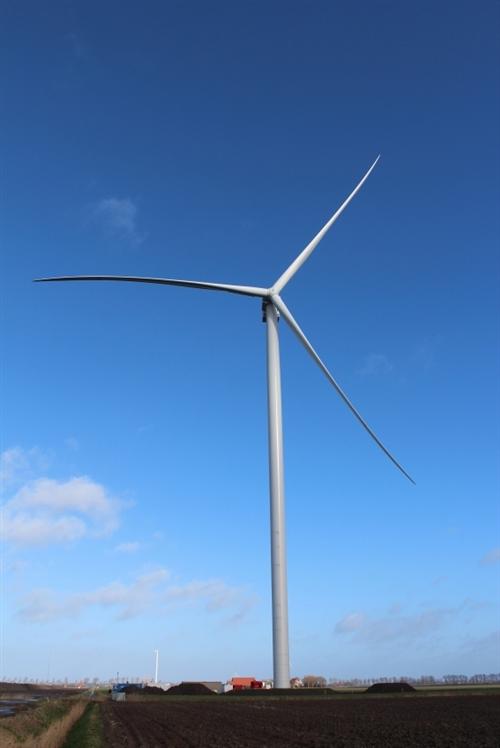MoIT advocates care with outbound trade
MoIT advocates care with outbound trade
Amid the surging global demand for food and foodstuffs due to the coronavirus outbreak, Vietnam is examining its export capabilities to secure the domestic supply. Deputy Minister of Industry and Trade Tran Quoc Khanh told VIR’s Phuong Thu about his ministry’s new export policy proposal and the upcoming scenarios.
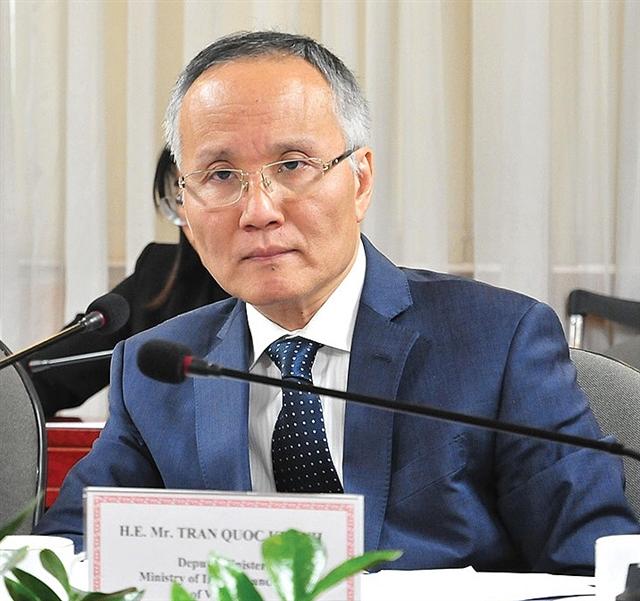
Deputy Minister of Industry and Trade Tran Quoc Khanh
|
After the General Department of Customs (GDC) issued a document to request a temporary halt of rice exports from March 24, the Ministry of Industry and Trade (MoIT) immediately submitted a reverse proposal. How do you explain this movement?
In the first months of this year, the outbreak of COVID-19 and its consequences had very serious impacts not only on Vietnam but the whole world. The demand for a number of essential commodities, including rice, is growing very fast and there has been a need to increase reserves to ensure food supplies.
The price of rice across the global market has also fluctuated sharply. In the first two months of the year, rice exports were still high with 930,000 tonnes, up 32 per cent over the same period last year. Some markets have even increased their exports strongly. Domestic prices are also increasing by 20-25 per cent on-year, depending on the type of rice.
Amid the current situation, if the country continues to export rice as in the first two months of the year, Vietnam could face the risk of shortages for the domestic consumption.
That’s why we submitted to the prime minister a number of proposals, including a plan to temporarily delay the rice export schedule and consider granting specific rice export quotas amid the crisis.
After reviewing and listening to the opinions of the ministries, the prime minister decided to suspend rice exports until the end of May. The GDC has, therefore, stopped issuing clearance for rice shipments to ensure food supplies as the pandemic intensifies.
Reports on how much rice there is in the country give varying numbers. Why is that?
Previously, the amount of rice produced and exported was monitored carefully. However, after Decree No.107/2018/ND-CP issued in August 2018 on rice export business came into effect, we no longer had such data management capabilities since the market became more liberalised.
According to the decree, businesses do not have to register trade contracts or notify local authorities about their inventory. Therefore, the data that we have access to might differ.
After receiving feedback from enterprises and localities, we have immediately reported back to Prime Minister Nguyen Xuan Phuc in order to propose a careful assessment of the current inventories at enterprises and in localities, as well as careful assessment of already signed export contracts to decide whether rice exports should be stopped at the moment.
What is the MoIT’s plan for a worst-case scenario like a prolonged pandemic or a natural disaster in the country?
First, if the pandemic continues for a prolonged time, we have a national reserve of over 300,000 tonnes in order to guarantee a decent supply.
Second, Decree 107 also requires enterprises to reserve 5 per cent of their export volume as an emergency supply.
Third, the MoIT has prepared several scenarios of goods distribution and circulation, including every single locality.
According to our calculations, Vietnam’s rice crop is planted within a short time. In the case of a long-term pandemic in the country, I think it is still possible to ensure our national food supply. However, what is important is that we do have to keep a close eye on the export volume and speed to ensure a smooth supply of rice.
What are the main markets for Vietnam’s rice exports currently?
The Philippines are our largest export market, followed by Malaysia and Iraq, as well as some African countries.
For the Chinese market, rice exports in the first two months of the year reached 66,000 tonnes, a small portion of the 930,000 tonnes we exported so far.


